Shortly after midday a neatly-dressed woman pushes a pram down a paved walkway that is straddled on one side by a square pocket of grass used by city workers for lunch, and racks of ‘Boris bikes’, and cafes and a two-storey bookstore housed in a historic music hall, on the other.
Welcome to the worst place in the UK for women to live - Islington, the north London borough home to Jeremy Corbyn and Foreign Secretary Boris Johnson and formerly, multi-millionaire ex-prime minister, Tony Blair.
For Charlotta Andresson, who on Tuesday was ferrying her three-month-old daughter Olivia from the cafe and bar strip of Upper Street, to the antique alleyway, Camden Passage, the revelation made by the BBC that day was “surprising”.
The Highbury resident, dressed in a beige bomber jacket, matching shoes and pearl earrings, likes Islington - mainly for its cafes.
She was headed for one when she spoke to HuffPost UK, The Coffee Works Project, a brief stroll past shops selling crystal and China, African waistcoats, crepes, sushi, and over-priced antiques for all occasions (furniture, lighting, costumes, textiles et al) and The Breakfast Club, a hipster-cafe that twenty-somethings line-up to dine at.

“I really like it here.. you’ve got the baby cinema club on the Green... babies screaming and mothers breast feedings, it’s great,”Andresson said.
The Swedish national says the area is a little “less baby friendly” than she’d like, but she’s prepared for the often cramped cafe scene by bringing her compact, travel pram.
“Sometimes prams don’t fit... and some times it is hard to get a seat,”Andresson laments as Olivia froths at the mouth, possibly in anticipation of her first Babycino of the day.
Andresson doesn’t understand why women would dislike living in Islington, though she has no where else in the UK to compare it with, having not lived anywhere else in Britain. She has, however, visited other areas, but only “in a black cab”.
On Tuesday, analysis by leading independent social research institute NatCen, conducted for BBC Radio 4′s Woman’s Hour, revealed Islington’s dirty secret - that women apparently hate living there - more than the women of Blackpool dislike residing there. The seaside town on the Lancashire Coast, was second worst.
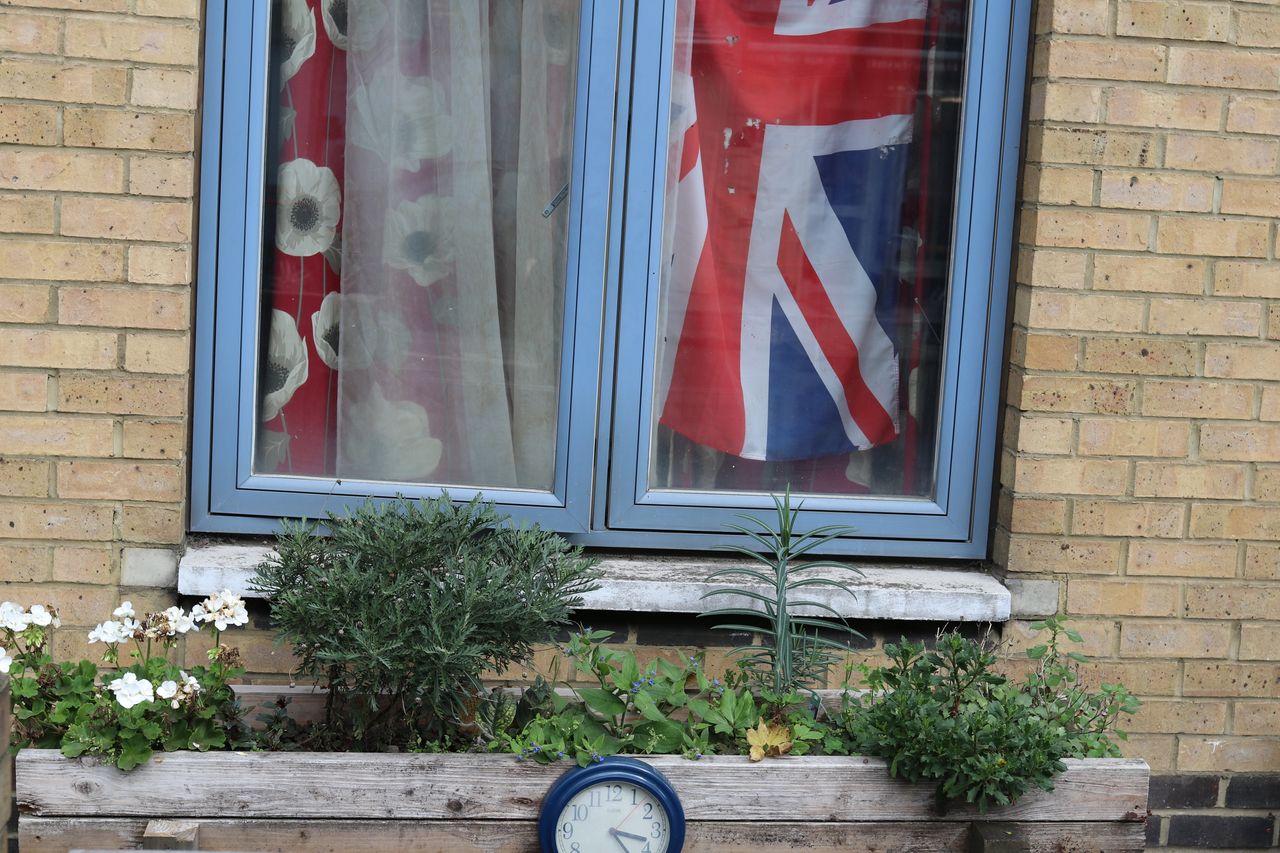
Islington residents recorded the lowest levels of happiness, life satisfaction and feelings that their life is worthwhile. They were also the most anxious. The borough also performed worst for environmental quality, housing affordability and safety. The median house price in Islington is priced at over 16 times the local median income. The borough also ranked 369th out of 380 areas for crime, with 122 reported offences per 1,000 people.
But these statistics only tell part of the story.
In April the Centre of Crime and Justice Studies released the findings of a needs assessment undertaken in Islington the hope of forcing authorities to address social needs when the decide what to do with the site of the now closed, Holloway Prison. Amongst their findings, was that the borough had the fourth highest rate of child poverty in the UK.
Here are some of the other key findings on Islington:
Fourth highest rate of child poverty in the UK.
24th most deprived local authority in England.
10,000 households in fuel poverty, including 22% of all private sector tenants.
Top fifth of earners paid three times more than bottom fifth.
One-in-ten people on main out-of-work benefit, the third highest rate in the UK.
555 children in care.
442 households owed a statutory homelessness duty by the council.
881 households in temporary accommodation.
20,733 households on waiting list for social housing.
1,400 children have had a parent in prison or will do during school years.
7,119 estimated incidents of domestic violence - 2719 reported to police.
1,873 estimated incidents of sexual assault - 348 reported to police.
Matt Ford, who conducted the research, told HuffPost UK that he had the same misconceptions about Islington as every one else before he looked behind the rows of terraced houses.
“I follow politics and the kind of criticisms people come out with about Jeremy Corbyn, the Labour leader, being out of touch in north London, being amongst the political elite... so I completely had this idea about the croissant-munching elite. I think that’s how it was described.”
Ford continued: “But the key thing you need to know about Islington is the inequality. You have a high number of very deprived people and then there’s this group at the top that is incredibly wealthy, people like Tony Blair used to live there. Inequality is a massive issue there.”

Ford began his research by canvasing the streets, but said while the statistics paint a grim picture, the inequality isn’t plain to see: “Islington is a very nice place, a very beautiful place, it has a lot of old, really nice homes... I wouldn’t say that the deprivation is necessarily that apparent. The people are all very nice. There are a lot of really strong communities in Islington. I wouldn’t say the deprivation is palpable.”
On Liverpool Road, which runs parallel to Upper Street and where often the only visible difference between properties is the door knockers, Yvonne, who has lived locally for 45 years, is baffled by the BBC’s findings: “I think it’s lovely, I haven’t had any problems.”
The 83-year-old, who declined to give her surname, lives a five-minute walk from Angel station and admits that some times, of an evening, “Upper Street gets a bit lively”, but nothing that’s bothered her. Perhaps, she concedes, it’s because she doesn’t venture far.
But that’s not quite how Eileen, a long-term resident of Hemingford Road, which is adjacent to Caledonian Road, sees it.
“I fucken hate it,” she tells HuffPost UK while reaching down to pick up three turds her pitbull cross, Tee, discarded on the street.
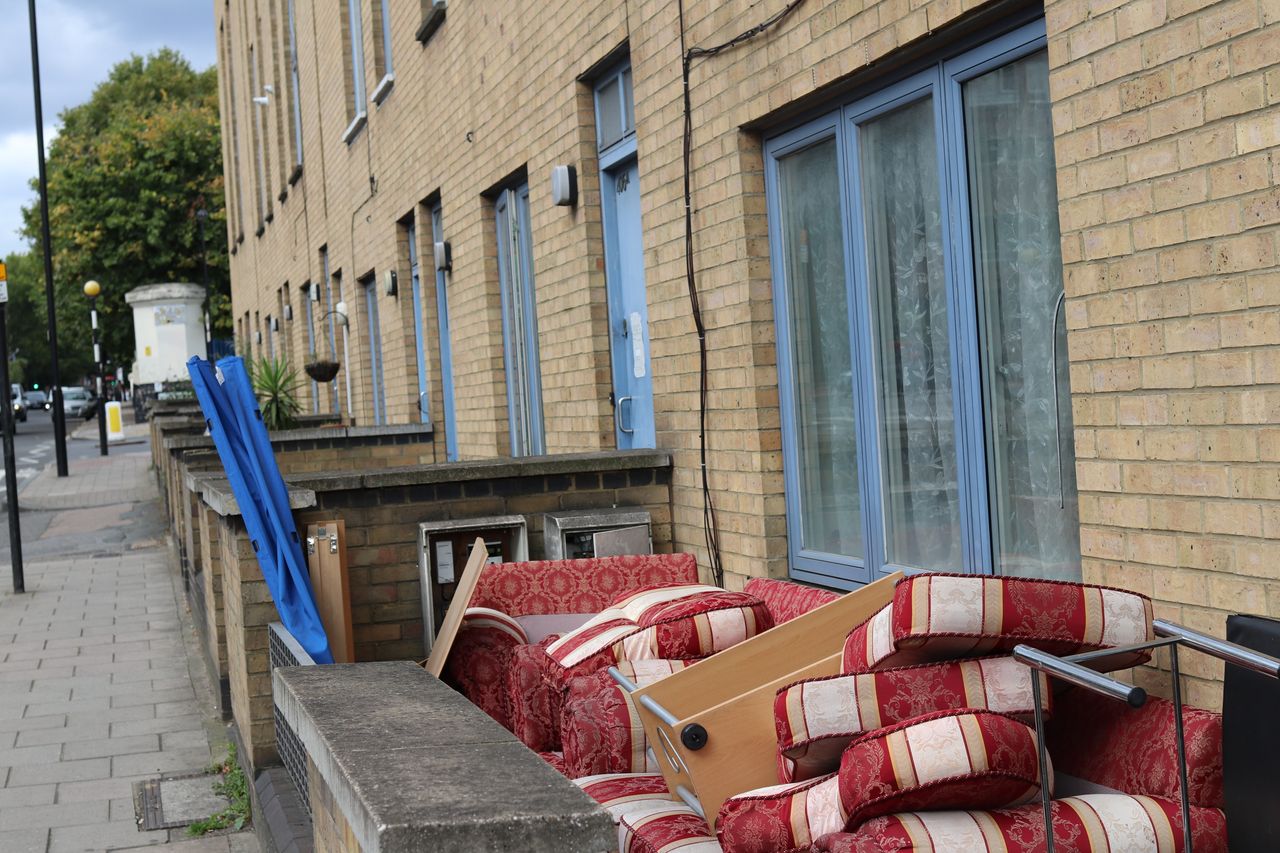
Having contained the mess in a plastic bag she immediately drops after sealing it with a knot, Eileen begins to list the grievances that have plagued her 20-year tenure on the road which is a hop and a skip to Blair’s former gaffe on Richmond Crescent and Thornhill Square, where the houses surround a park with the perfect curvature of a wedding cake.
“There’s the rich and then there’s the poor and you’re so isolated here,” the mother-of-two, who survives on a benefit, explains.
“And the little fucking kids... I’ve had big problems with them. For one year he was trying to bully me and intimidate me... spat at my face... abused me on the street. And you can’t go to the police because then they’ll come and smash your windows,” she said, keeping a watchful eye on her unleashed dog.
The bullying stopped, Eileen explained, after another resident came to her aide after the boy, thought to be about 14, grabbed her. “He (the other resident) got him and I just slid down his arm biting him... left me alone after that.”
Passing the towering perimeter fence of Pentonville Prison Eileen realises she’s dropped her jacket and heads-back towards home, calling Tee to “hurry up and follow me”.
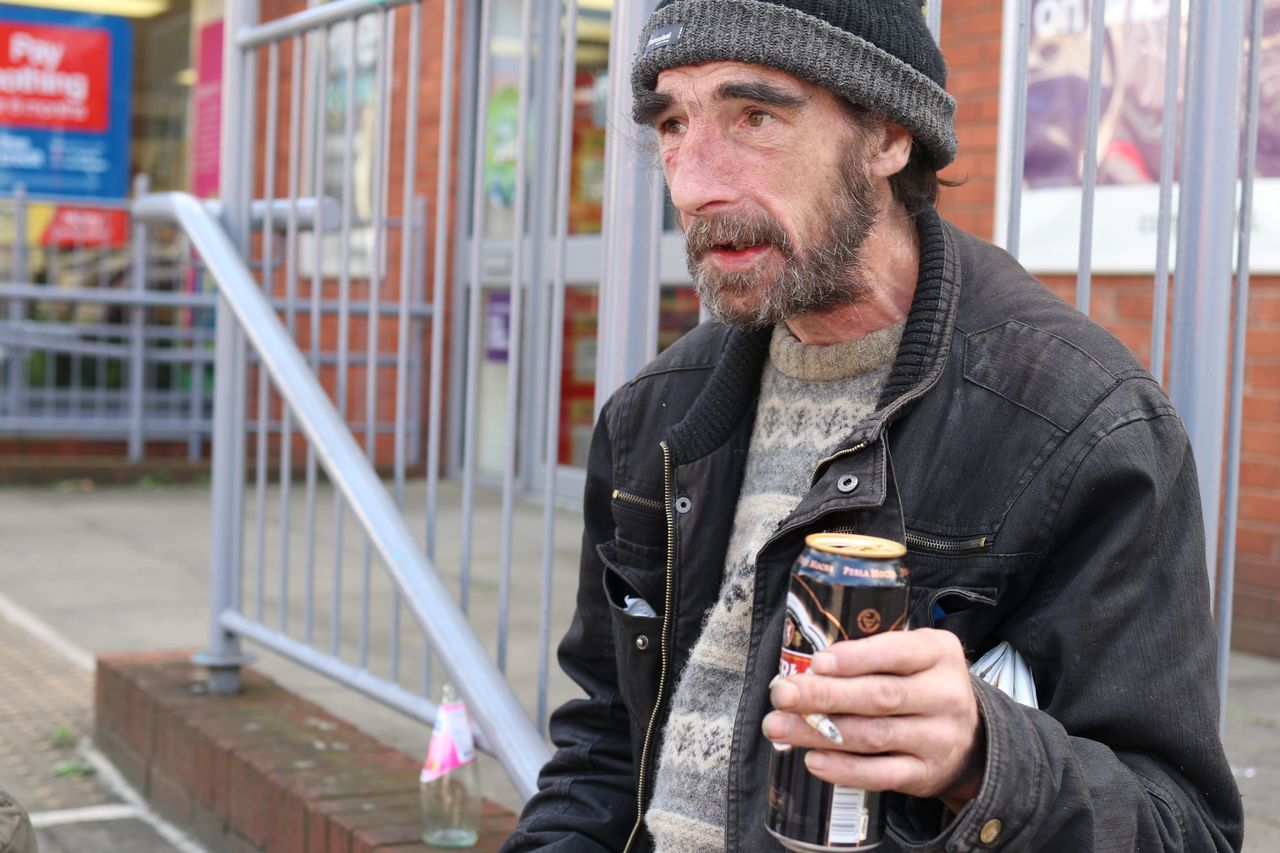
“There’s no community spirit here,” Eileen declares, saying that she used to live in nearby Hackney where every one looked out for each other.
“Everyone is too busy here seeing what everyone else has got.”
On Caledonian Road the architectural horizon becomes lower, duller and dirtier. And on the side streets the aromatic remnants of marijuana hangs in the air, like salt near the sea side, as red-brick estates take over the landscape.
Near North Road a woman dragging on a cigarette, dressed in over-sized jeans and a belt bag, tells HuffPost UK that “I’m British, so I’m not racist” before proceeding to make racial generalisations about who is responsible for drug dealing, robberies and crimes involving weapons, in the area.
The woman doesn’t want to be named. Her daughter tried to take her own life seven months ago and her neighbour just tried, having recently revealed she was sexually abused.
Despite this, the woman, who looks to be in her mid-40′s but talks and walks with a school-boy swagger, is happy to chat. She’s lived “all over the place” and “you get the same shit wherever you go”, she says, before conceding that there are a few “names... families (crime syndicates)” in Islington. However, when she lived down in Kings Cross, “I used to watch people get shot”.
Islington, at night, is when “the young gangs get going”, the woman says, but she hasn’t experienced any trouble, “as I keep myself to myself”, something no doubt learned from her stint in jail.
″(That was) years ago... for protecting my family. I only lash out if it’s to do with my family or my daughter.”
“But the system is so fucked up,” the woman offers. “Not everyone is rich, but a lot of people live comfortably on the borders. But it would be nice if they (the council) put a bit of money in here so the young kids had something to do other than steal cars.”
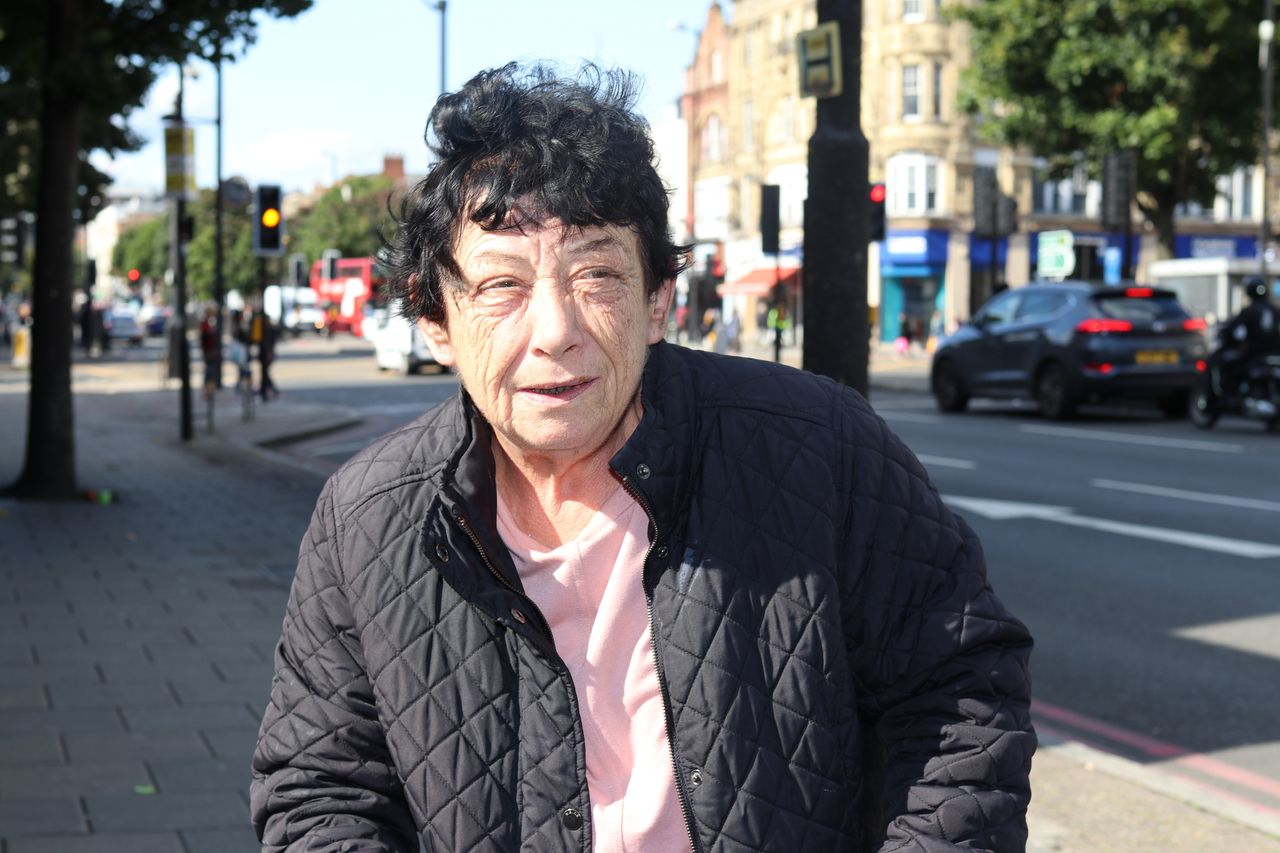
When told how the women in Angel reacted to the survey news the woman scoffs, “up there in la-de-do-land, ha... what the fuck do they know?”
On Holloway Road three homeless men sharing a cigarette greet the news with indifference, though one of them, dressed in a Beavis and Butthead t-shirt, is keen to point out that “we’ve got a 24-hour McDonald’s... not many of those around”.
Another of the men, whose nose lays limply on his cheek following a bashing from his best mate - “he did it five years ago... I keep it to remind me of him and it saves me getting it broke again” - says comparatively, Islington isn’t that bad: “Other places are no where near as comfortable.”
Further down the road 64-year-old Susan Elsoe, who was edging her way home with the help of a zimmer frame after having her hair done, screws up her face when told women hate living in Islington.
“It’s lovely,” she says, taking one hand off her walking aide to toss her cigarette onto the road. “I lived in Archway. That place is a shit hole.”
“My roof is caving in though,” she adds, though keen to point out she has no complaints about the way he council cares for her and her husband, who both receive disability benefits.
Richmond Avenue, which connects Caledonian Road and Liverpool Road, near Angel, perfectly illustrates the two-sides of Islington.
At the Caledonian end, the grand entranceways of houses on one side, from number 46-72, are all guarded by sphinxes. Children, dressed like teenagers with expensive tastes’, clatter past on scooters and mothers push prams and pull puppies.
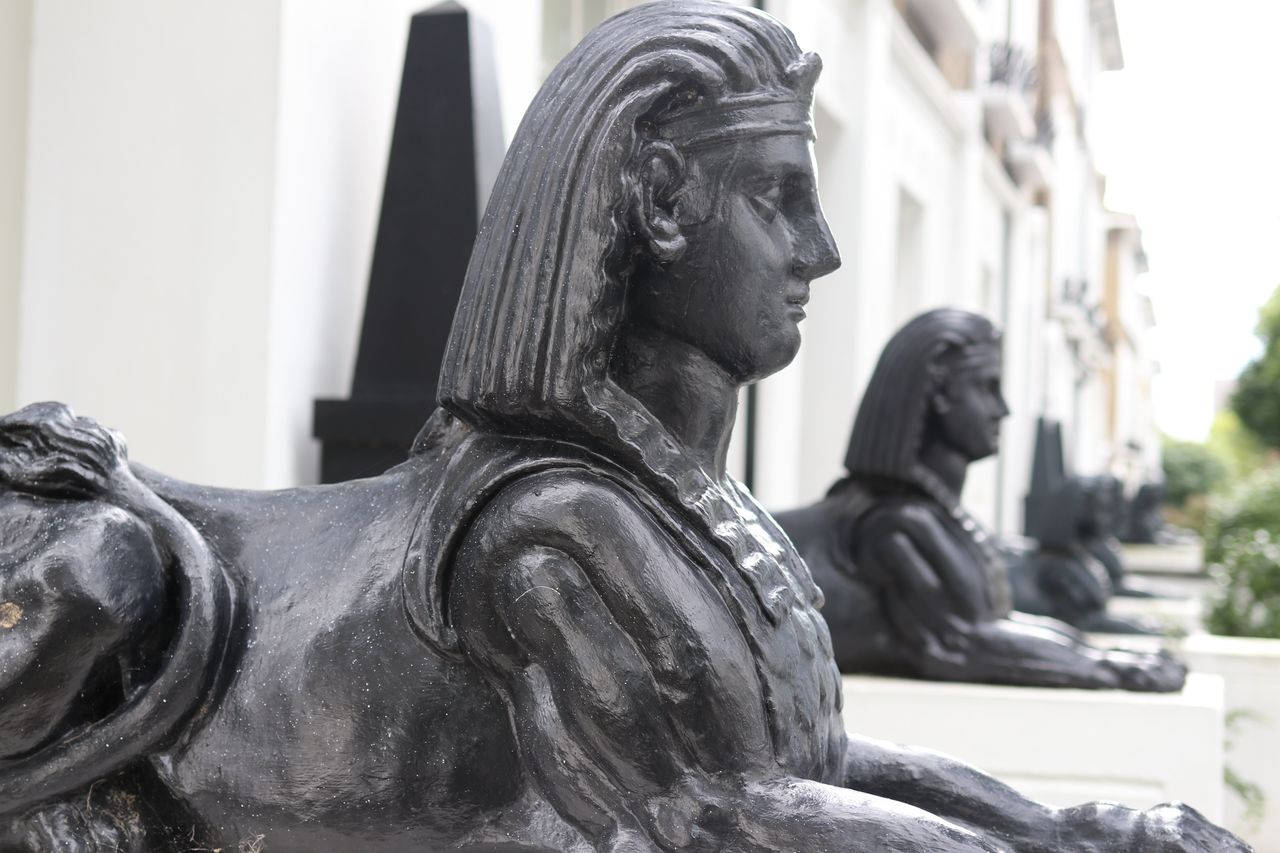
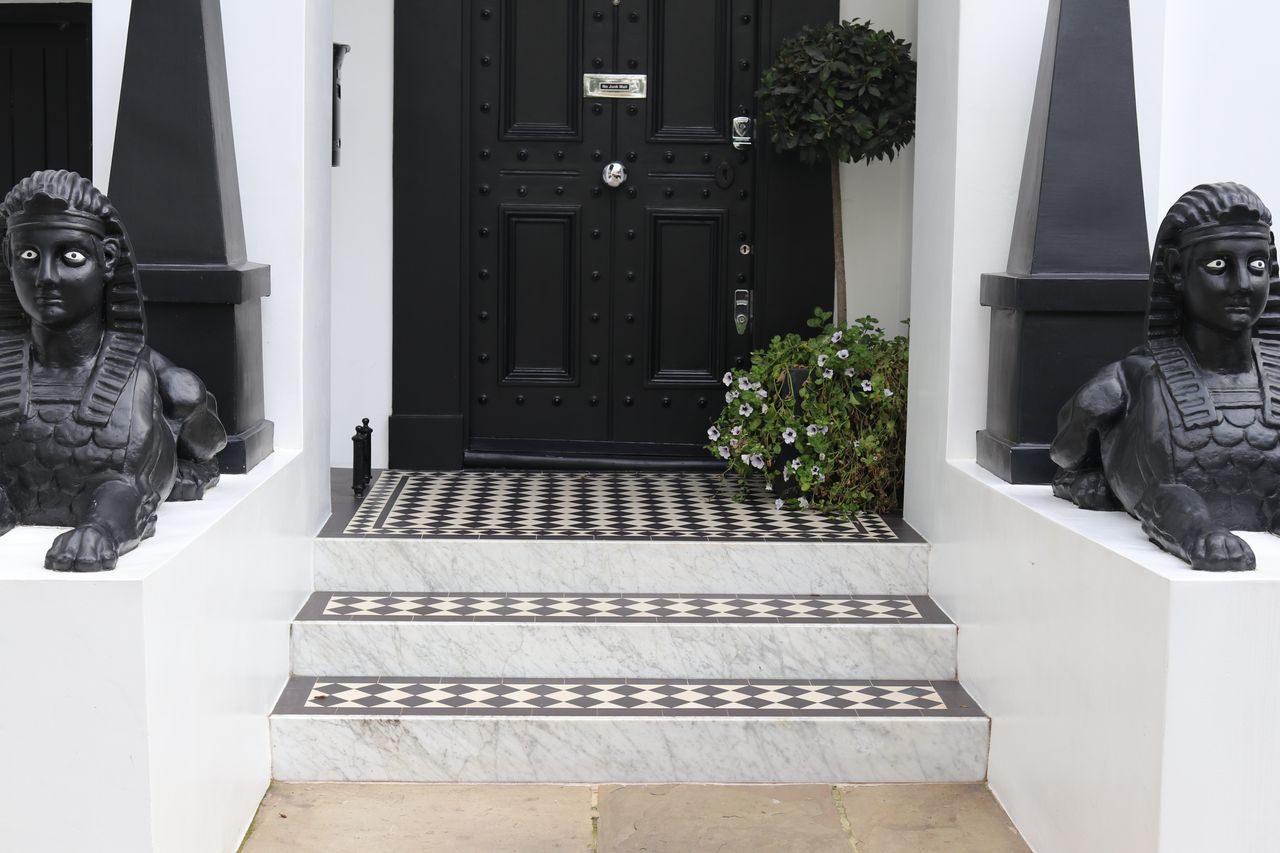
In the middle of the road, is Richmond Crescent. A little hideaway lined with four-storey Victorian houses, each, seemingly, with their own luxury car parked outside.
On the other side of Caledonian Road is a Stanmore Street, a stubby slab of ashfelt barely long enough to warrant the distinction, ending in a block of red-brick units.
On Tuesday, around 4.30pm, an obese man in black track pants, sat on a railing on the street looking miserable, starting across the intersection at Richmond Avenue and the Turman pub, which sits on the corner in a similar state to a shipwreck.
Outside on a picnic table tradesmen sucked back £3 pints and mined their noses for boogers with reckless delight as Neil Young’s Harvest Moon eased the troubled hearts inside - a rag-tag collection of men - all grey, most bald, many alone.
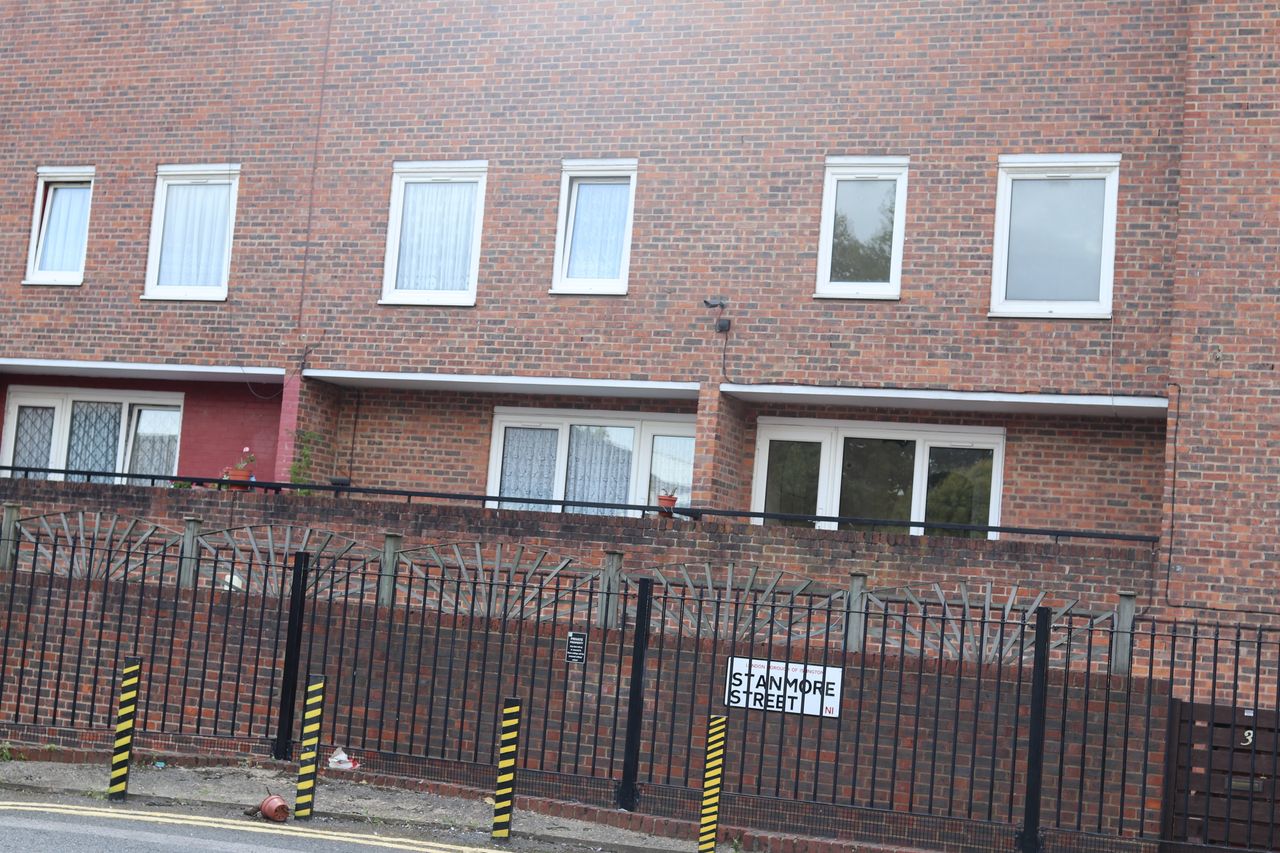
One, who dragged his leg around like a limp claw, attempted to tip the Ukrainian barmaid between her breasts, lobbing a coin at her cleavage as though at a fair ground. Later, when she came closer to his stool, the man made a second attempt, leaning forward with his coin as though trying to pay a parking meter, as he repeatedly devoured his bottom lip like a bullfrog swallowing a fly.
As 5pm passed and other punters wandered in with paint-spattered trousers, so to did those trying to earn “just a few bucks to get by”.
First a man attempted to sell an Oral B electric toothbrush, revealing it to customers like it were an ounce of crack, then a woman with meat, make-up, razors and instant coffee, who presented each item with a polite spiel as though working for the Shopping Channel.
“Coffee, £1 for the coffee.... I’ve got seven here. Please, take them all,” she pleaded to the barmaid, who turned her back and pulled another pint.
